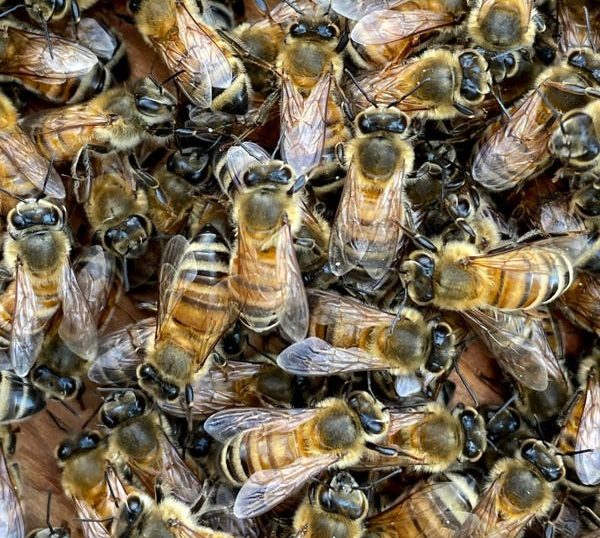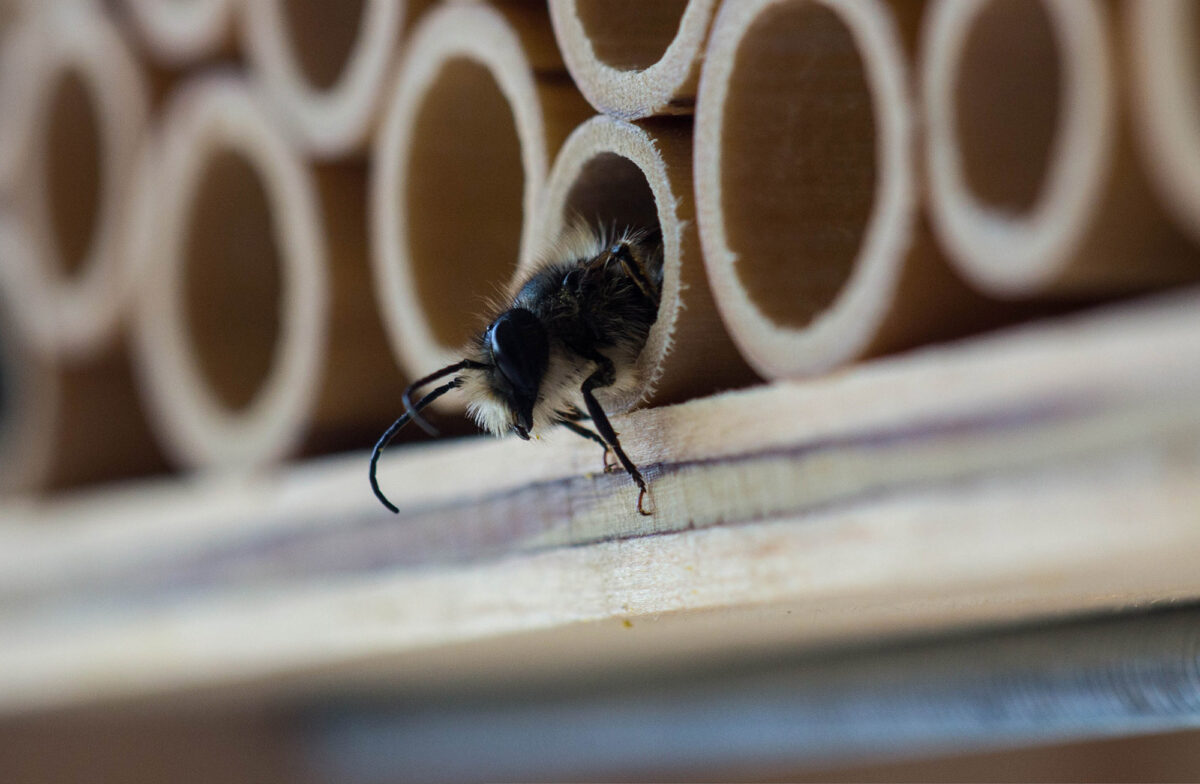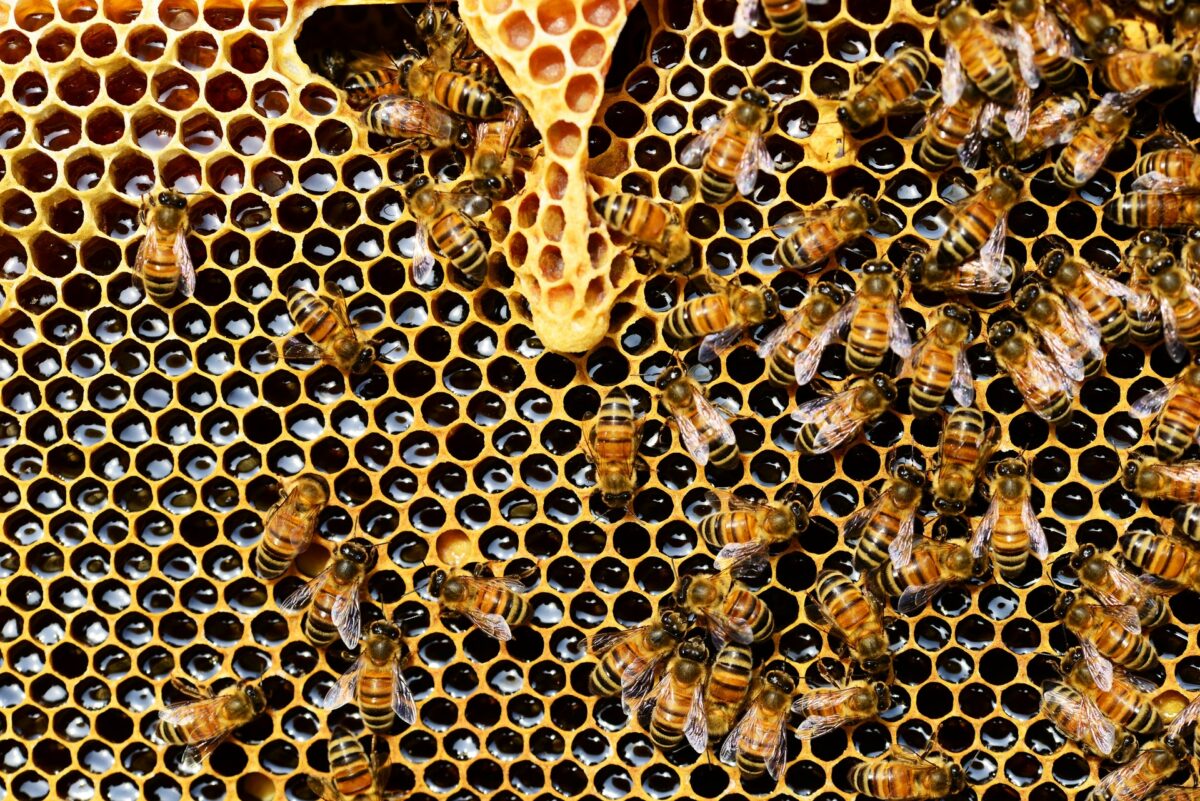A golf course employee died after being attacked by a swarm of bees in Arizona.
The incident happened in late June, near hole 8 at Pusch Ridge Course, part of El Conquistador Golf in Oro Valley, about 10 miles north of Tucson.
The agronomy team worker, Rick Messina, was mowing in the area when he was stung, El Conquistador Golf said in a statement to USA Today.
Someone called authorities about the incident at 7:17 a.m. on June 24, said Darren Wright, a spokesperson for the Oro Valley Police Department. Messina was taken to a local hospital and died three days later on June 27.
The day of the incident, beekeepers inspected all 45 golf holes on the property. The beekeepers found no hives nor bee activity and gave the property the all-clear.
“It appears Rick was attacked by a traveling swarm of bees,” El Conquistador Golf said in its statement to USA Today.
Employee was ‘dedicated’ and ‘cherished’ at golf course
Messina was 57 years old and worked for El Conquistador Golf’s agronomy team since July 2022, the company told USA Today.
The company also sent a statement to golf club members about his death.
Calling the event a “tragic workplace accident,” the company said it is saddened over his death and he died from “complications from the bee stings.”
“Rick was a dedicated and cherished member of our team, known for his exceptional work ethic, positive attitude, and unwavering commitment to his duties,” the statement read. “El Conquistador Golf and Indigo Sports has deployed support resources to both Rick’s family and our team to help all navigate through this difficult time.”
Bees making headlines in Arizona
According to local experts, summer is “peak season for bee swarms,” El Conquistador Golf wrote.

Bees in Arizona also made headlines in early May when they caused a delay at an Arizona Diamondbacks baseball game.
There was a delay during the team’s April 30th game against the Los Angeles Dodgers because bees had begun to gather at the 30-foot netting behind home plate. There were hundreds of them.
Concerned that a foul ball could hit the netting and disturb the bees, managers hired an exterminator to take the bees away.
“It would have happened,” said Mike Rock, the Arizona Diamondbacks’ vice president of ballpark operations. “In that position, the net would have been hit hard enough and it would have stirred the whole thing and they could have dropped down into the people below.”
The exterminator sprayed the bees with solution and then vacuumed them up. It took less than 10 minutes, according to the Arizona Republic, part of the USA Today Network. The crowd was able to watch the exterminator work in real-time on the stadium’s video board.
What to do if you see a swarm of bees
The Centers for Disease Control and Prevention said on its website that between 2011 and 2021, there were 788 deaths from hornet, wasp, and bee stings, an average of 72 deaths per year.
The annual number of deaths ranged from 59 in 2012 to 89 in 2017. The CDC said 84% of deaths occurred among males.
It’s best to stay calm and leave when swarms of bees are nearby, the Republic reported.
“When dealing with bees that start coming towards you, the first thing they will do is bump you, because if they sting you they die,” Duane Combs, president of the Beekeepers Association of Central Arizona and University of Montana master beekeeper told the Republic.
“When you see bees circling around you or bumping you, you need to back up and back out of the area.”
It’s also important to avoid:
- Wearing dark, loose clothing or shiny objects while hiking
- Wearing perfumes, cologne or strong scent
- Jerky movements near hives
- Swatting at bees
Contributing: Nick Piecoro, Kye Graves; Arizona Republic
Saleen Martin is a reporter on USA TODAY’s NOW team. She is from Norfolk, Virginia – the 757. Follow her on Twitter at@SaleenMartin or email her atsdmartin@usatoday.com.






